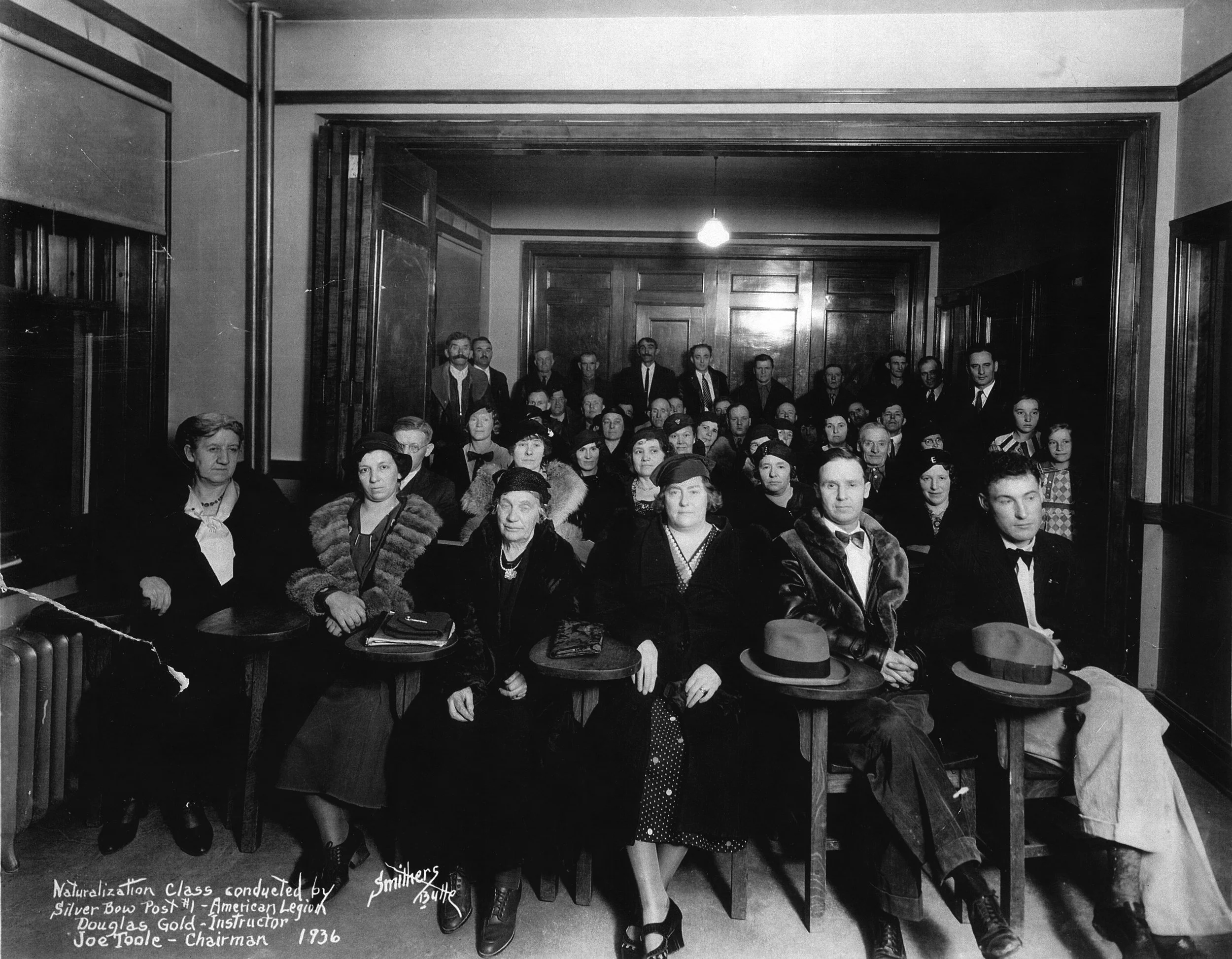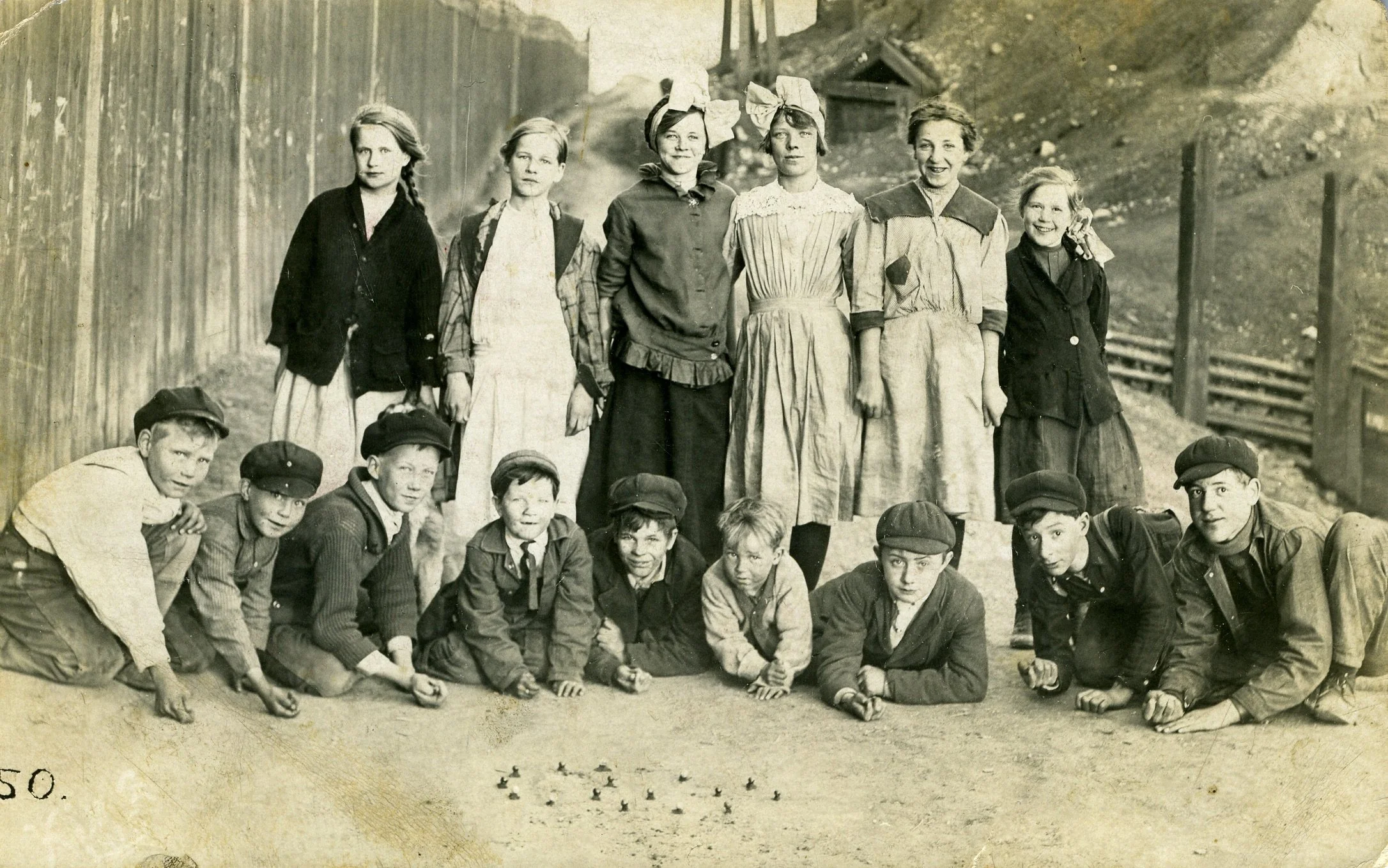BUILDING A LONGER TABLE
CELEBRATING THE IMMIGRANT ROOTS OF BUTTE, MONTANA
Long before the arrival of miners and industrialists, Indigenous communities thrived in what is now Montana, preserving their heritage through ceremonies, language, and storytelling. The Salish people referred to Silver Bow Creek in Butte as Sin-tahp-kay, meaning “place where something is shot in the head,” a nod to the abundant bull trout. This valley, once a rich hunting ground, transformed with the discovery of gold, silver, and ultimately copper—minerals that shaped Butte into an industrial powerhouse and drew waves of immigrants seeking opportunity. Mining in Butte supplied the metals that powered the nation and supported the country during wartime.
After the turn of the 20th century, waves of immigrants flocked to Butte in search of prosperity in the copper mines. People from Finland, Serbia, Croatia, Ireland, Italy, Germany, Mexico, China, Lebanon, and many other nations established distinct enclaves. The evolution of Butte’s neighborhoods tells a broader story of world history and diversity. These communities gave rise to schools, churches, lodges, stores, saloons, and boarding houses. Defined by race, class, profession, and ethnicity, these neighborhoods helped make Butte one of the most culturally diverse cities of its size.
Finntown, known for its crowded boarding houses, saunas, and the Finnish Workers’ Hall, was located along East Granite, Broadway, and Park Streets. Montenegrins and Croatians settled in the Boulevard Addition, Parrot Flat, and McQueen, while Italians established Meaderville, renowned for its rich culinary traditions. Corktown and Dublin Gulch became home to Butte’s Irish immigrants, who attended St. Mary’s Church and founded local chapters of the Ancient Order of Hibernians. The Cornish brought expertise in hard-rock mining, as well as pasties, music, and the folklore of the tommyknocker.
Beyond the mining community, Butte’s immigrant populations left a lasting impact. African American leader John Walter Duncan published The New Age, Butte’s only Black newspaper, and became Montana’s first Black podiatrist. Chinatown was home to joss houses, noodle parlors, and laundries—some of which remain today at the Mai Wah Museum and Pekin Noodle Parlor. The Croatian holiday Mesopust is still celebrated in Anaconda, Montana, where a straw-filled effigy representing the past year’s misfortunes is put on trial and declared guilty. French laborers cut timber for Butte’s smelters and mines and built roadhouses, which served teamsters hauling ore over the Continental Divide. Williamsburg featured streets named Munich, Dresden, and Berlin, reflecting its strong German heritage, largely due to the breweries established there. The Daughters of Norway continue to celebrate Norwegian Constitution Day (May 17), sharing traditional foods at the local courthouse. Greek immigrants operated some of Butte’s most well-known restaurants, including the State Café, Moxom Café, and Creamery Café.
Lula Martinez, a member of Butte’s Hispanic community, described her diverse neighborhood: “We lived on the East Side, at 839 East Galena…I also remember we were surrounded by different nationalities…We had the whole United Nations on the East Side.”
The influence of Butte’s Jewish community was evident on East and West Park Streets, where many businesses were Jewish-owned. Even Butte’s first mayor, Henry Jacobs, was Jewish. Lebanese immigrants clustered their homes along East Galena and East Mercury Streets, reflecting traditional village arrangements in Lebanon. Butte’s Serbian heritage remains vibrant, celebrated annually with a festival showcasing traditional food, art, music, and dance.
The powerful words of Mary Hagan, great-grandmother of the legendary stuntman Evel Knievel, are etched onto the Butte-Silver Bow Public Archives building, illustrating Butte’s prominence in the early 20th century:
“…when you get to the new world, don’t stop in America. You go straight to Butte, Montana.”
Hagan’s quote encapsulates Montana’s role as a beacon of opportunity for immigrants in the late 19th and early 20th centuries. These newcomers not only fueled Butte’s mining industry but also wove a rich cultural fabric that defined the city for generations. When the Berkeley Pit was developed in 1955, it marked the beginning of the dismantling of ethnic neighborhoods, including Meaderville, McQueen, and much of Finntown. As residents relocated throughout Butte, much of the cultural vibrancy these communities brought was diminished.



